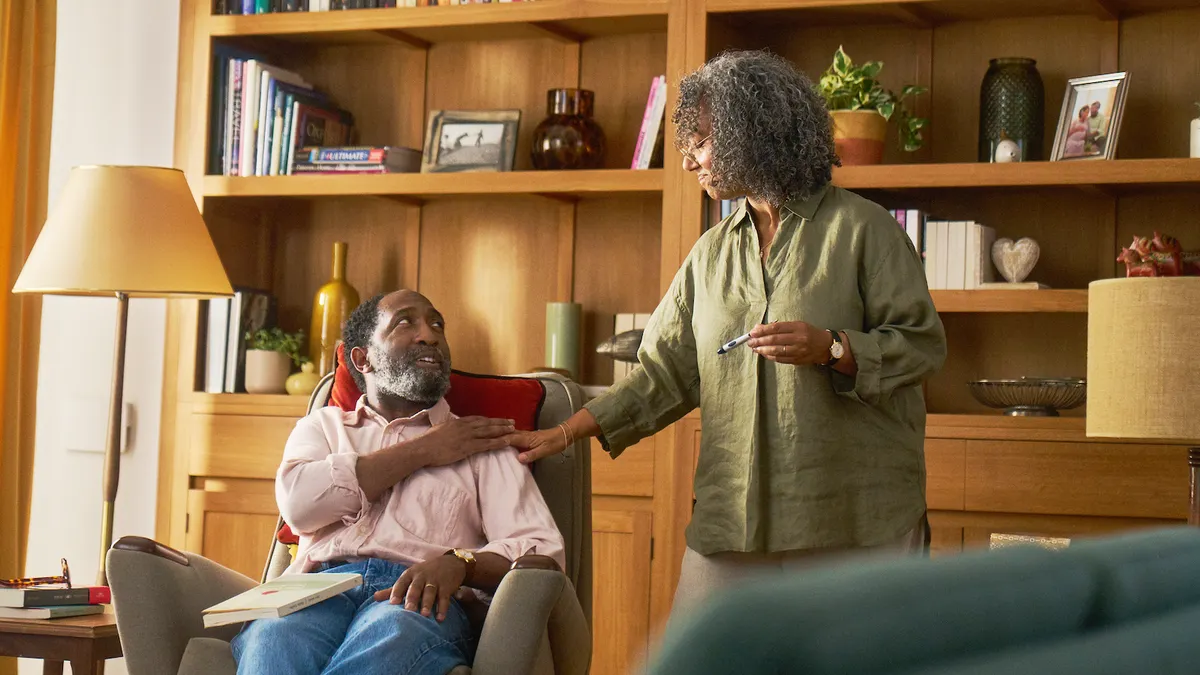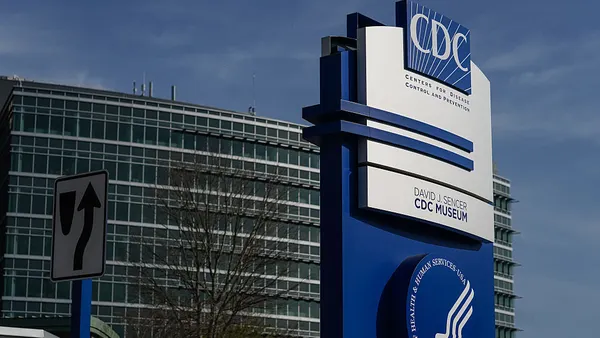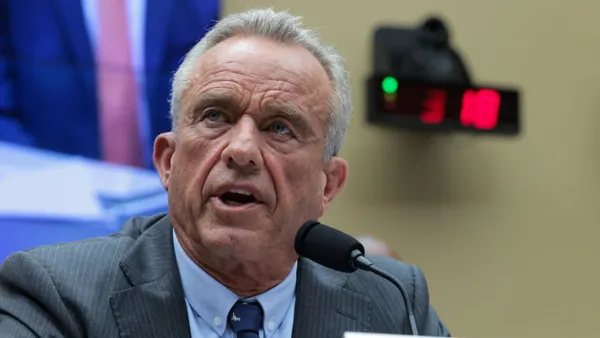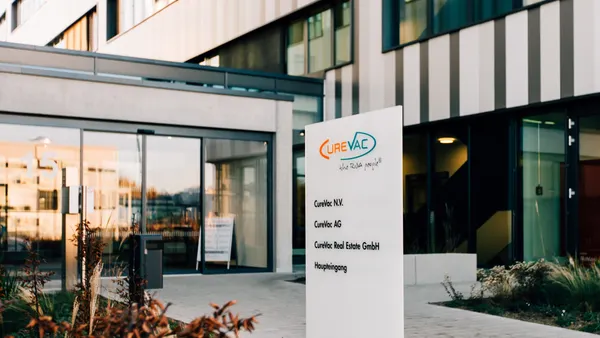Available cell therapies for cancer aren’t easy treatments to receive. Personalized to each patient, the drugs are complicated and time-consuming to manufacture, and must be delivered and administered on an exacting schedule. And because they come with serious risks, patients need to remain close to the hospital where they were treated for weeks of monitoring.
All of these characteristics make Johnson & Johnson’s choice to roll out direct-to-consumer advertising for Carvykti, a cell therapy it sells for the blood cancer multiple myeloma, somewhat unexpected. The ad, which will air on streaming services like YouTube, Paramount and Roku, is J&J’s first for the drug and a rare instance of DTC marketing for this kind of cell therapy, known as CAR-T.
According to June Lanoue, J&J’s head of U.S. hematology, the company aims to raise awareness about cell therapy, particularly among patients who may not be receiving care from the kind of specialized academic centers where CAR-T is often given.
Carvykti is currently approved in the U.S. to treat multiple myeloma in patients whose disease either relapsed or becomes resistant to treatment after an initial round of therapy. Another CAR-T therapy, called Abecma and sold by Bristol Myers Squibb, is also cleared for this use, but only after two or more prior lines of treatment.
Among these “relapsed, refractory” patients, about half are treated at community oncology centers, Lanoue said. “The actual awareness level of these options is very low,” she added. “In the community, if they’re not able to get it, doctors are not talking about and therefore they don’t have visibility to having a new option.”
J&J’s choice to advertise is a signal of confidence in its ability to manufacture enough Carvykti to meet any rise in demand. Early on in the drug’s launch, production challenges forced the company to limit orders from treating centers. (Bristol Myers ran into similar issues.)
“We feel very confident around production,” said Lanoue. Treatment sites can “order Carvykti without any constraint.”
The launch of the ad is also well-timed, as it comes several weeks after the Food and Drug Administration took steps to improve access to CAR-T treatment broadly. The agency eased some side effect reporting requirements and lessened the time it mandates patients stay near their treating facility for monitoring. It also said patients could resume driving or operating machinery sooner after treatment than previously prescribed.
“We think it will give more opportunity to more patients who [live at] a little bit further distance to be able to receive Carvykti,” Lanoue said.
J&J’s 120-second ad introduces a composite patient, “Marvin,” and describes the heavy burden of injections and pills typically used to control multiple myeloma. Carvykti, by contrast, is a one-time infusion that can deliver lasting benefits in some.
Recent follow-up data from an early study of around 100 patients treated with Carvykti showed that, at five years, one-third had not yet experienced disease progression. A story published in June by The New York Times that highlighted these findings led to more patients requesting information about Carvykti, according to Lanoue.
J&J did not share how much it’s spending on this marketing campaign, but Lanoue said it is “significantly less” than what a pharmaceutical company would typically spend on a regular TV advertisement. “This is not a share of voice play; this is ultra targeted,” she added.
Sales of Carvykti reached $439 million in the three months between April and June. The company expects peak annual sales to eventually eclipse $5 billion.
Editor’s note: After this story was published, J&J updated the list of streaming services where its ad will appear and removed Hulu for the time being.















